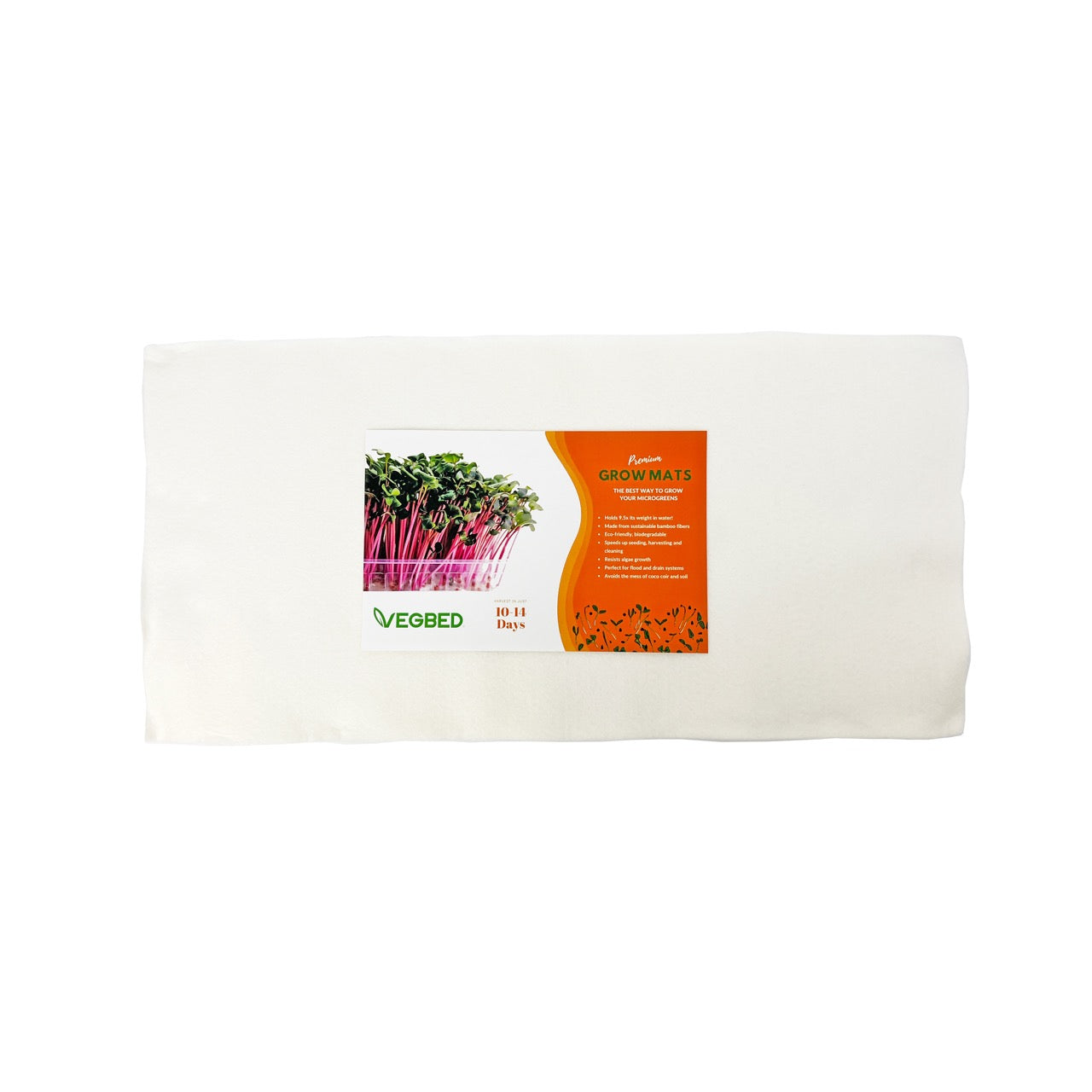We’ve already shared a lot about the nutritional power of microgreens. From breaking down their nutrient density to showing how you can tailor your harvest for specific health goals, the message is clear. They really have a potent impact on flavor and nutrient content.
But there’s one angle we haven’t explored deeply until now, and it deserves the spotlight. Let’s talk about vision health.
Your eyes are among the most sensitive and hardworking parts of your body. They take in light, color, movement, and detail, all while enduring stress from screens, UV rays, and aging. Protecting them isn’t just about wearing sunglasses or getting regular checkups.
What you eat plays a major role, and that’s where microgreens step in.
Why Eye Health Needs Extra Attention
Think about your daily routine. Most of us spend hours on phones, computers, or tablets. On top of that, many people don’t get enough eye-friendly nutrients from their diet. The result? Eye strain, dryness, and long-term risks like macular degeneration.
Vision loss doesn’t happen overnight. It builds over time, and the good news is you can take steps to slow it down. Adding specific microgreens to your meals is one of the simplest, most effective things you can do.
The Key Nutrients for Eye Health
When it comes to vision, three names keep coming up: lutein, zeaxanthin, and beta-carotene. These act like natural filters for the eyes, protecting them from light damage, stress, and gradual wear.
-
Lutein and Zeaxanthin: Found in greens like kale, spinach, and broccoli microgreens. They concentrate in the retina and absorb harmful blue light.
-
Beta-Carotene: Found in carrots, beets, and pea shoots. It converts into Vitamin A, which keeps the cornea and low-light vision strong.
-
Vitamin C and E: Found in crops like red cabbage and radish micros. These act as antioxidants, protecting cells from oxidative stress that can damage vision over time.
What this really means: by growing and eating the right mix of microgreens, you’re not just filling your plate with color, you’re fortifying one of your most important tools, your eyesight.
Top Microgreens for Vision Health
Not every microgreen hits the same targets. Here are the standouts for eye protection:
1. Kale Microgreens
-
-
High in lutein and zeaxanthin.
-
Easy to grow on Vegbed mats, strong germination, reliable yield.
-

2. Spinach Microgreens
-
-
A little slower to grow, but worth it for the lutein content.
-
Works best with steady airflow and clean watering.
-
-

-
Broccoli Microgreens
-
Big in both lutein and sulforaphane, which reduces inflammation.
-
Consistent favorite for commercial growers.
-
-
Carrot Microgreens
-
Rich in beta-carotene, important for Vitamin A and night vision.
-
More delicate to handle but pairs well in mixes.
-
-
Red Cabbage Microgreens
-
Strong antioxidant properties and Vitamin C levels.
-
Adds color and boosts nutrition.
-
-
Pea Shoots
-
High in beta-carotene and Vitamin C.
-
Great yields per tray, one of the most profitable crops.
-
How Growers Can Position This for Customers
For those selling microgreens, eye health is a powerful angle to market. Everyone wants a healthy vision, from athletes looking for focus, to office workers spending long hours on screens, to older adults protecting themselves against age-related macular degeneration.
Instead of just selling “kale micros,” you can frame it as “eye health support packed with lutein and zeaxanthin.” That small shift adds value and helps customers connect microgreens to real outcomes.
Growing Tips for Eye-Health Focused Crops
Choose the Right Medium
Crops like spinach and carrots are more sensitive. Using a clean, stable medium like Vegbed bamboo mats gives them a steady base and avoids soil-borne disease. This keeps germination uniform and results consistent.
Watch the Light
Since these crops tie into eye health, it’s fitting to note how light management affects them. Strong, steady LED lighting helps build nutrient density. For commercial growers, balanced light also creates uniformity, which reduces waste during harvest.
Mix and Match
Don’t just grow one crop. Offer mixes like “Vision Blend” with kale, broccoli, and pea shoots. These not only diversify nutrients but also make your trays more profitable by combining fast and slow growers.

A Look at the Science
Research from the American Optometric Association points out that diets rich in lutein and zeaxanthin can cut the risk of age-related macular degeneration by up to 40%. Another study from the Nutrients Journal highlights broccoli and kale microgreens as particularly concentrated sources of these carotenoids compared to mature plants.
For growers, this means you’re not just producing another leafy green. You’re producing a crop that delivers proven health benefits, something customers are willing to pay extra for.
Practical Takeaways for Indoor Farms
-
Home Growers: Focus on kale, broccoli, and pea shoots. Easy to grow, strong nutrient profiles, and reliable success.
-
Commercial Farms: Position mixes for functional health benefits. Market trays or clamshells as “eye health support” or “screen protection greens.”
-
Restaurants and Cafes: Chefs love a story. Eye health is an easy talking point for menu items featuring microgreens.
Why Vegbed Fits into the Vision Health Story
At Vegbed, we’ve seen thousands of growers switch to bamboo mats for a reason. They’re clean, consistent, and biodegradable. For sensitive crops like spinach or carrots, they make the difference between spotty germination and trays that are ready for market.
For home growers, it means no messy soil. For commercial farms, it means predictable results at scale. Either way, it supports a system that’s more sustainable and more reliable.
Final Thoughts
Protecting your eyes starts with what’s on your plate, and microgreens are one of the most powerful tools available. For growers, this opens a new door to market crops not just as fresh greens but as functional food for long-term health.
Whether you’re running a farm or just filling trays at home, putting kale, spinach, broccoli, and pea shoots in your system is more than just good business. It’s an investment in your vision.



